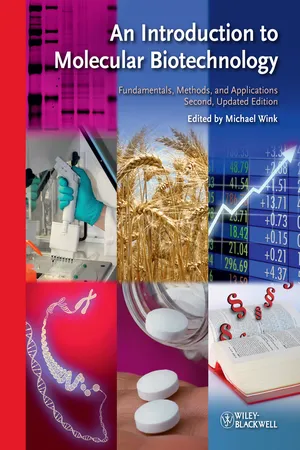
An Introduction to Molecular Biotechnology
Fundamentals, Methods and Applications
- English
- ePUB (mobile friendly)
- Available on iOS & Android
An Introduction to Molecular Biotechnology
Fundamentals, Methods and Applications
About This Book
Molecular biotechnology continues to triumph, as this textbook testifies - edited by one of the academic pioneers in the field and written by experienced professionals. This completely revised second edition covers the entire spectrum, from the fundamentals of molecular and cell biology, via an overview of standard methods and technologies, the application of the various "-omics", and the development of novel drug targets, right up to the significance of system biology in biotechnology. The whole is rounded off by an introduction to industrial biotechnology as well as chapters on company foundation, patent law and marketing.
The new edition features:
- Large format and full color throughout
- Proven structure according to basics, methods, main topics and economic perspectives
- New sections on system biology, RNA interference, microscopic techniques, high throughput sequencing, laser applications, biocatalysis, current biomedical applications and drug approval
- Optimized teaching with learning targets, a glossary containing around 800 entries, over 500 important abbreviations and further reading.
The only resource for those who are seriously interested in the topic. Bonus material available online free of charge: www.wiley-vch.de/home/molecbiotech
Frequently asked questions
Information
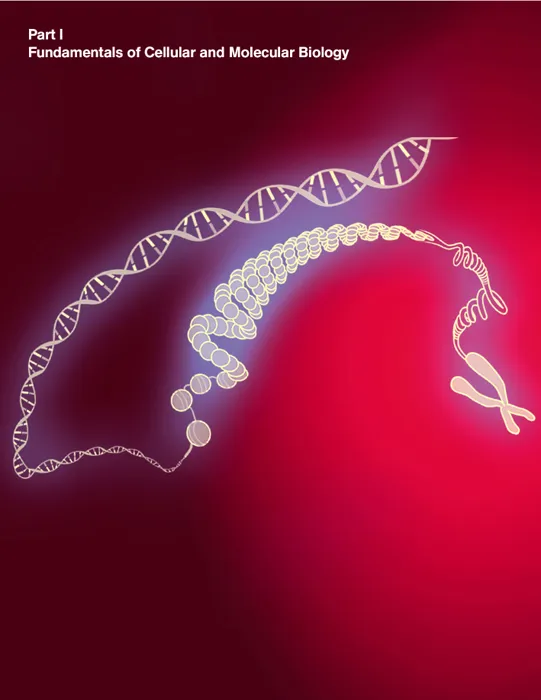
1
The Cell as the Basic Unit of Lifes
This chapter offers a short introduction into the structure of prokaryotic and eukaryotic cells, as well as that of viruses.
- Bacterial cells.
- Plant cells.
- Animal cells.
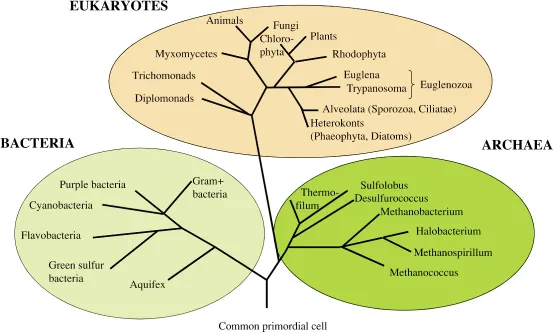
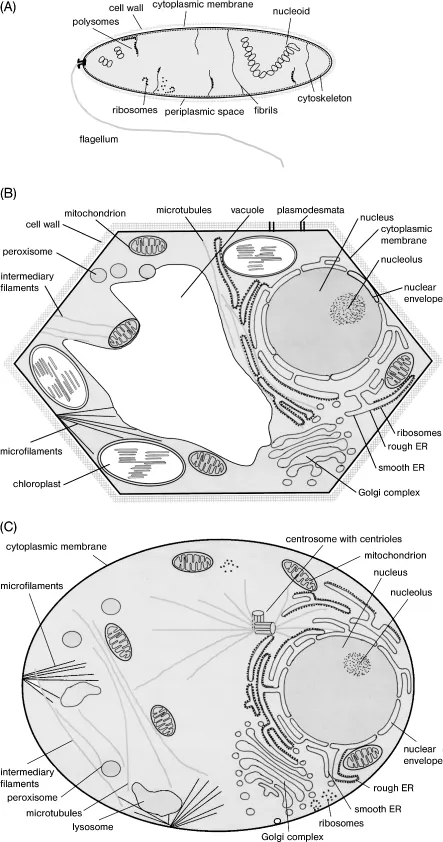
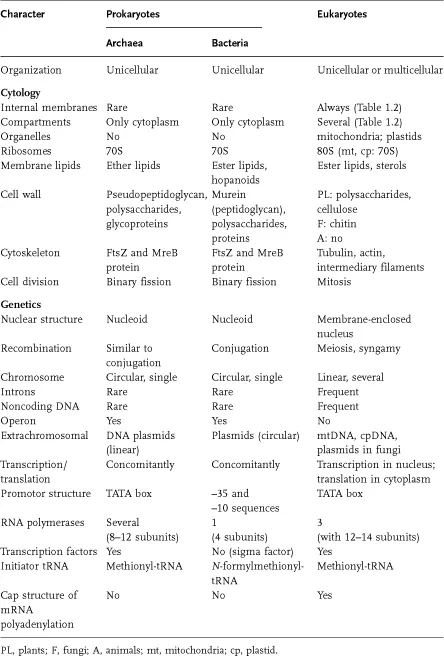

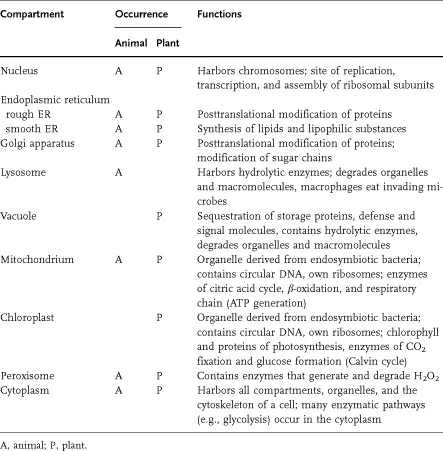
2
Structure and Function of Cellular Macromolecules
This chapter introduces the structure of polysaccharides, lipids, proteins, and nucleic acids, built from simple monomers (sugars, amino acids, and nucleotides), and illustrates how they are derived from simple monomers. Their most important functions are summarized.
| Contents | Bacterium (% of cell mass) | Anim al cell (% of cell mass) |
| Water | 70 | 70 |
| Inorganic ions | 1 | 1 |
| Small molecules (sugars, acids, amino acids) | 3 | 3 |
| Proteins | 15 | 18 |
| RNA | 6 | 1.1 |
| DNA | 1 | 0.25 |
| Phospholipids | 2 | 3 |
| Other lipids | − | 2 |
| Polysaccharides | 2 | 2 |
| Cell volume (ml) | 2×10−12 | 4×10−9 |
| Relative cell volume | 1 | 2000 |
| Basic building blocks | Macromolecule | Function |
| Simple sugar | Polysaccharide | Structural substances: composition of the cell walls (cellulose, chitin, peptidoglycan); constituents of connective tissues Storage substances: starch, glycogen |
| Amino acids | Proteins | Enzymes: important catalysts for anabolic and catabolic reaction processes Hemoglobin: O2 and CO2 transport Receptors: recognition of external and internal signals Ion ch... |
Table of contents
- Cover
- Contents
- Series
- Title Page
- Author
- Copyright
- Preface
- List of Contributors
- Abbreviations
- Part I: Fundamentals of Cellular and Molecular Biology
- Part II: Standard Methods in Molecular Biotechnology
- Part III: Key Topics
- Part IV: Biotechnology in Industry
- Appendix
- Further Reading
- Glossary
- Subject Index